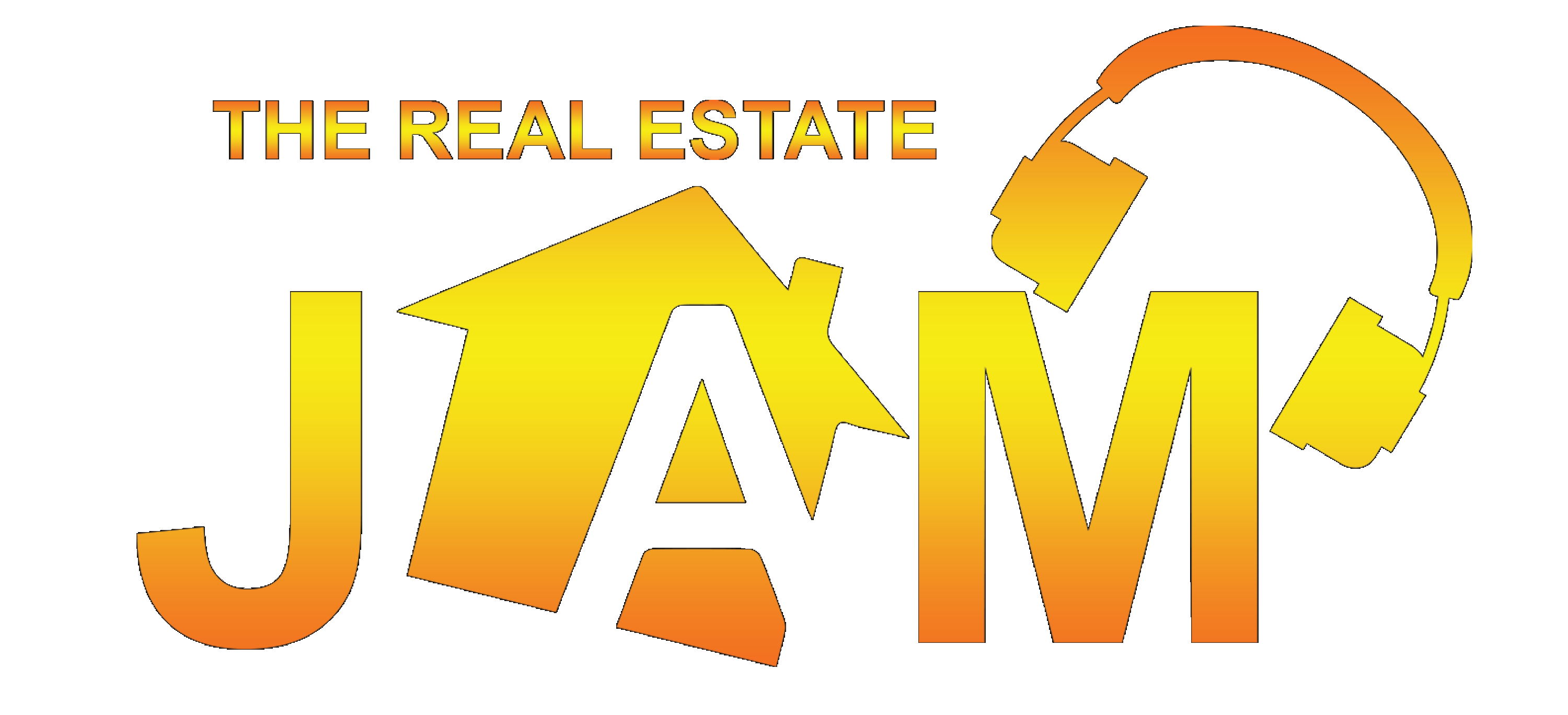Are you having problems getting traction moving forward in your real estate investment business? Look no further! Our very own resident host, JD Monroe, sheds some light on how you can know where you should go and find the confidence to take that next step.
The points below are from the eighteenth episode of the Real Estate JAM, where JD talks about the questions you should ask to know your investor identity. We’ll be dissecting each question bit by bit across multiple articles, but if you want the full experience, tune in to the full episode on YouTube, Spotify, or Apple Podcasts!
What You Shouldn’t Do
There’s a giant pitfall that new investors have to avoid. You see this all the time in social media. You have these people driving in their Lamborghini’s and walking around with fancy watches with brands you can’t even pronounce. They say you can live that same life through real estate, but while that CAN be true, it’s usually NOT the case. This phenomenon is called the Shiny Object Syndrome, where we get attracted to things that don’t even matter. Instead of giving attention to those things, why not try to find what your next step should be instead?
(And as a side note, do you know that those influencers tend to just rent those cars for social media clout? They don’t even own them!)
Knowing Where You Want to Go
It’s essential to have an understanding of how you want to progress as an investor.
- What type of asset class do you want to want to invest in?
Because you’re here on this website or because you saw us on social media, we can assume that the investment class that you want to be investing in is real estate. The reason it’s crucial to identify this is there are other investment classes – stocks, bonds, small businesses, big businesses, and many others.
Do you prefer active or passive investing? We’ve touched on this a bit before. As the word suggests, PASSIVE investing involves just putting money somewhere and waiting for it to grow. In real estate, it could be lending your money for investors to put it in a deal. When they pay you back, you also get a slice of the profit pie.
The other end of the spectrum would be something like wholesaling, where you’re ACTIVE in doing the work. As a real estate investor, you’re going out marketing, talking to sellers, talking to buyers, etc. As soon as you stop working, the money will stop coming through.
A middle-of-the-road alternative would look something like your regular “buy and hold” or multifamily investing. They would pick up a small multifamily property, put some of their money into it, do some work, and then turn it over to a property management company that would then deal with all the tenants, toilets, termites, all that stuff. This has both an active and passive aspect to it.
This is where the importance of answering this question becomes apparent. If you want to be a totally passive investor in real estate, you shouldn’t waste your time learning how to do marketing, how to wholesale, and finding leads. But if you’re planning to have an active involvement in some way, you’re going to have to learn a thing or two.
- What type of real estate investing are you considering?
We have so many options out there – wholesaling, fix and flips, buy and hold, refinancing, and many others. Whatever you choose (and you can select more than one), your business decisions and actions should align towards that direction.
- What market do you want to invest in?
This is an aspect where newer investors seem to be wasting a lot of time. While it’s true that you can make a lot of money in real estate in the comfort of your own home, it’s not something that you can just do willy-nilly. Some analyze deals from Chicago, one from Detroit, and another from Miami – but never really focus on one specific area. Older investors with a lot of experience and connections can do it, but newer investors should almost always start with one market. Focus on it, develop relationships, and build teams in that area, then start finding other markets to get into again.
A few of the key indicators you could look at for identifying a market to invest in are population growth, jobs, and sustainability. But if you want to be more comfortable, just start where you live! Your home city might not be the best place when you look at the numbers, but if that place helps you to start taking action, by all means, go for it!
There are five more to go! We’ll go through them next week. If you can’t wait, you can listen to the full episode on YouTube, Spotify, or Apple Podcasts!
Outline of the Episode:
- [01:09] Establishing your investor identity – who are you as an investor? Point your car in the right direction, and start driving!
- [03:37] What type of asset class do you want to invest in?
- [04:26] Do you prefer active or passive investing?
- [07:37] What type of real estate investing are you considering?
- [08:26] What market do you want to invest in?
- [11:25] What type of real estate do you want to invest in?
- [13:25] What does your ideal property look like?
- [15:34] What is the after-repair value (ARV) target range?
- [16:56] How much rehab are you willing to do?
- [18:07] How will you fund your deals?
- [20:08] These nine questions can become your elevator pitch!
Resources:
Connect with the Real Estate JAM!
- Website
- YouTube
- Shorefront Investments
- Email: jd@shorefront-investments.com or info@shorefront-investments.com

Recent Comments